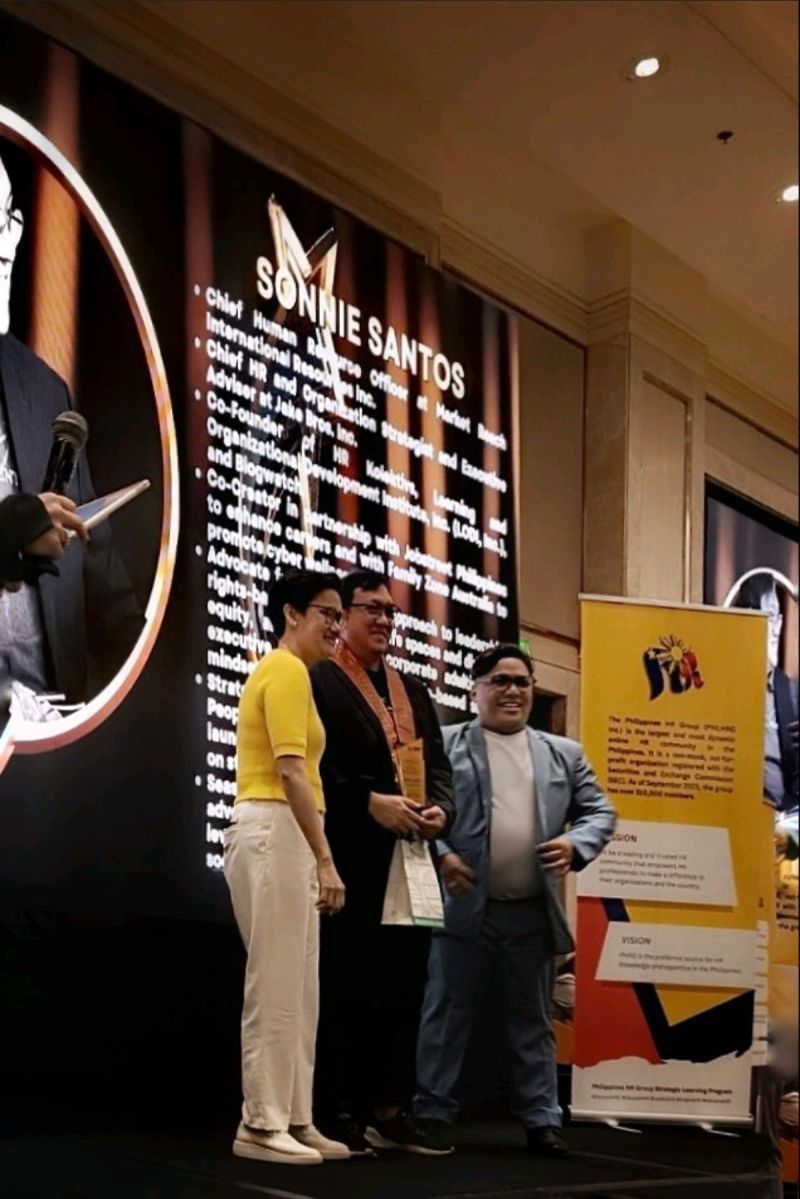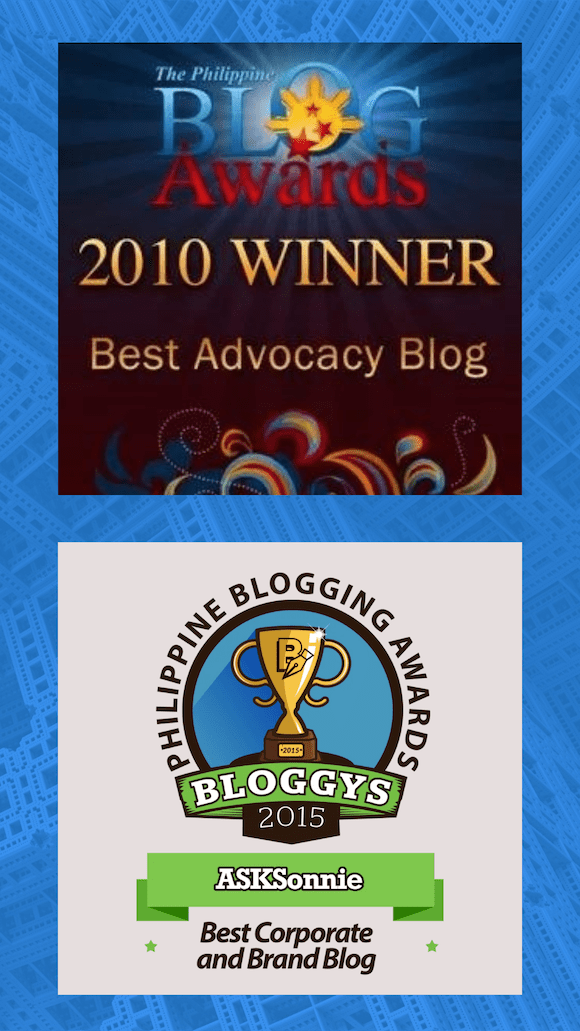When Memory Fades, Resilience Die: Why Uwan Must Be the Last Typhoon Companies Forget
In the Philippines, employee safety and business continuity during typhoons must go beyond compliance checklists — it must become part of how companies think and act every day. Typhoon Uwan (Fung Wong) exposed a growing weariness among employees toward the “business as usual” mindset, as many risked their lives to report for work despite red-level warnings and flooded streets. The storm was more than a natural disaster; it was a test of leadership, empathy, and the real meaning of continuity.

The Pattern That Kills Resilience: Panic → Survive → Reflect → Forget
We’ve seen it after Ondoy, Yolanda, and Tino (Kalmaegi) — and now, after Uwan (Fung Wong). A storm hits, lives are endangered, organizations scramble, and only a handful of HR teams respond with foresight. Communities suffer, the skies clear, and yet many companies slip back into a complacent “business as usual” mindset. Every time we forget, people lose trust — and when trust fades, so does motivation. And the cycle begins anew: wait and see, survive, reflect, forget. This must end..
The BIEN Complaint: When “Business as Usual” Becomes Business at Any Cost
The BPO (business process outsourcing) sector, known for 24/7 operations, BIEN (The BPO Industry Employees Network) filed a complaint with DOLE alleging that certain BPO companies insisted on operations despite life-threatening conditions during Typhoon Uwan. This isn’t business continuity — it’s business at any cost.
Source: BusinessMirror
BPO Organization Responds: BPO firms comply with labor rules during calamities
But not all “business as usual” decisions are created equal. Some organizations operate during calamities because they play a stabilizing, community-serving role—provided safety protocols are in place.
The SM narrative — When “Business as Usual” Serves a Bigger Purpose
In the Philippines, SM is widely viewed as a symbol of stability. The sentiment “Pag sarado ang SM, delikado na talaga” reflects how malls function as community anchors during disruptions. Historically, SM has remained open when conditions are safe.
In these situations, operating is not primarily a business decision but a service function. Keeping the mall accessible allows:
- availability of essential goods for nearby communities
- charging stations for families affected by power interruptions
- shelter for commuters and residents who may be stranded
- continued livelihood for employees and tenants who can safely report
The guiding principle is simple: if it is not safe, do not report; and if no team members can safely arrive, a store will not open.
Still, even with good intentions, the reality remains: employees face difficult choices during typhoons, and their decisions are shaped by risk, resources, and personal circumstances.
Between Duty and Survival: When Employees Choose
The BIEN complaint revealed the corporate side of the storm — but inside group chats and HR forums, the human side was just as raw.
Amid the debates over “business as usual,” one comment stood out: “ME will make the decision, not the company.” For some, this was not defiance — it was discernment. It was a statement of agency in a system that often treats attendance as loyalty and absence as weakness.
Another voice captured the quiet truth many live with: “The bills decide.” No matter how unsafe the commute, countless employees still report for work because they cannot afford to lose a day’s pay — much less two. Between personal safety and financial survival, choice becomes privilege.
This tension between conscience and necessity reveals what continuity plans often ignore: the human cost of uncertainty. When workers must choose between income and safety, the system itself has failed.
A Modern Example of the Choice Dilemma
During the same week as Uwan, a viral story circulated online: an employee proudly sharing how he crossed a flooded city to report for work (Facebook source). The story wasn’t the issue — but how it was communicated. The tone suggests that those who chose safety were simply unwilling to sacrifice.
This matters because hero narratives during calamities often blur the line between courage and coercion. They invalidate legitimate safety concerns while elevating risky behavior as “dedication.”
The Three Realities of “Choice” During Calamities
Uwan exposed that employees generally fall into three distinct groups when disaster strikes:

- 1. Those with real safety barriers — flooded roads, no transport, rising waters, stranded dependents, health risks, or LGU-issued work suspensions.
- 2. Those who prefer not to report but still want compensation — the “libre leave” or “automatic paid suspension” mindset that also appears during storms.
- 3.Those who still choose to work despite the risk — often because they cannot afford even a single unpaid day, or because they belong to the sandwich generation supporting both children and aging parents. For them, showing up is not “sipag”; it is economic survival
What is the Sandwich Generation?
The sandwich generation refers to adults who simultaneously support their own children and their aging parents.
In the Philippines, this is common — and it means a single unpaid day can affect medication, tuition, bills, and daily living expenses. During calamities, these employees often choose to work despite danger, not out of heroism, but because their financial responsibilities double.
The problem with viral posts like the siomai story is that they collapse these three groups into one narrative. One person’s “kaya ko ’to” becomes another person’s “dapat kaya mo rin,” creating pressure-based attendance and eroding psychological safety.
Choice during calamities is not a simple yes-or-no. It is shaped by risk, finances, caregiving load, and culture. When public narratives shame employees for choosing safety or survival, organizational trust breaks — and continuity collapses with it.
What the HR Community Said (Philippine HR Group)
Inside the Philippine HR Group, we ran an informal pulse survey two days before Typhoon Uwan’s landfall:
“Bilang HR (o bilang empleyado), ano ang paghahanda ng inyong kumpanya sa paparating na bagyo?”
- A. Work suspension
- B. Business as usual sa makakapasok
- C. Wait lang sa magiging ganap
- D. May contingency plan ang kumpanya sa ganitong panahon
Thread: Philippine HR Group discussion
Employee Safety Is Business Community: What the Thread Revealed
- “Wait and see” (C) topped the poll — showing how many organizations still depend on external cues instead of pre-defined continuity triggers.
- “Business as usual” (B) came next, reflecting both management expectation and employee pragmatism. As one member said, “ME ang magdedesisyon, hindi ang kumpanya — pero madalas, ang bills ang nasusunod.” Economic pressure, not policy, drives most attendance decisions.
- “Work suspension” (A) responses were often reactive, done after conditions worsened rather than in anticipation of risk.
- “We have a contingency plan” (D) was the rarest answer — but those few cited drills, Emergency Response Teams, remote work triggers, and temporary shelter options.
Beyond policy talk, different social media posts suggests resignation and resolve. Sample posts read, “Penalized kahit baha,” “No transport pero required pumasok,” and “Wala kaming remote backup.” These reflections suggest that it’s starting to feel normal to take risks that should never be normal, with many employees relying on their own grit when institutional foresight falls short.
Don’t Repeat—Refer: Your Legal & Policy Deep Dives
If you want to understand the legal side of this issue, don’t worry — we’ve covered that in our detailed guides:
- Work Suspension & DOLE Parameters: pay rules, safe-harbor in calamities, refusal to work due to imminent danger — see Work Suspension & Business Continuity (Full Guide)
- People-First Continuity & Best-Practice Playbooks: culture of safety, templates, and examples — see Balancing Employee Welfare & Business Continuity
Note: For a quick reference to DOLE guidance you may also cite the official public post reiterating Labor Advisory 17 (Series of 2022) here: DOLE 4A Official Advisory. For the statutory OSH right to refuse dangerous work, see RA 11058 – LawPhil. The detailed breakdown remains in your internal guide linked above.
Why Employee Safety During Typhoons Is Business Continuity
Business continuity fails the moment people are put in danger during the commute, stranded without shelter, or punished for choosing safety. Protect people first — only then can SLAs, production, and service recovery hold. This is the heart of employee safety and business continuity during typhoons.
ASK Framework: Prioritizing Employee Safety Is Business Continuity
Align
Make employee safety first the starting point for every decision. Communicate it to leadership, clients, and teams.
Strengthen
Build systems before storms strike: early-warning triggers, remote-work fallback, ERT roles, transport protocols, safe shelter/boarding, power & connectivity redundancy, and a clear comms tree.
Kickstart
Drive recovery via phased reopening, damage assessment, employee welfare check-ins, emergency assistance, and transparent client updates.
If Your Company Doesn’t Have a Business Continuity Plan Yet, START HERE
Uwan (Fung Wong) reminded us that “business continuity” isn’t just an IT or facilities concern — it’s a people strategy. If your organization doesn’t have a BCP yet, here’s where to start:
- Assess Vulnerabilities: Identify what could disrupt operations — power, transport, communications, and employee safety. Prioritize people over property.
- Build a Simple Framework: You don’t need a thick manual. Start with a three-part approach: prepare, protect, proceed. Use HR policies as your foundation.
- Partner with Experts: Tap the Philippine Disaster Resilience Foundation (PDRF) for training and templates tailored to Philippine businesses.
- Learn from Peers: The Unity Connect BPO Learning Center explains continuity planning aligned with SLAs and client expectations.
- Document & Drill: Once basics are in place, write them down — then simulate. Even a one-hour tabletop exercise can reveal gaps that save lives later.
Don’t wait for the next typhoon to teach the same lesson again. Building a BCP isn’t about compliance — it’s about leadership that protects people while keeping the business alive.
Final Warning: If We Forget Uwan, We Fail Our Future
The memory of Uwan (Fung Wong) will fade — but the next storm is guaranteed. Break the habit of forgetting — because when we forget, we risk repeating the same mistakes. Choose continuity that starts with people.
💡 The ASK Takeaway
A people-first approach to employee safety and business continuity during typhoons reflects our ASK Framework — Align • Strengthen • Kickstart:
- Align leadership priorities and policies so that employee safety takes precedence over attendance metrics and operational targets during calamities.
- Strengthen readiness through pre-defined remote work triggers, transport and shelter protocols, and clear communication lines tested through regular drills.
- Kickstart post-disaster recovery with welfare-first actions — phased reopening, assistance programs, and documentation of lessons learned to improve continuity plans.
Discover the full framework → ASK Framework Cornerstone Page
Frequently Asked Questions (FAQ)
Where can I find the detailed DOLE rules on work suspension and calamity absences?
We maintain a full, updated explainer here: Work Suspension & Business Continuity (Full Guide). For quick reference, DOLE 4A’s public post reiterating Labor Advisory 17 is here: DOLE 4A Official Advisory, and the OSH Law (RA 11058) is here: LawPhil.
Where can I find templates and best-practice playbooks for business continuity?
See our culture-and-systems blueprint here: Balancing Employee Welfare & Business Continuity. It consolidates people-first BCP practices and examples, so we don’t duplicate them here.
What is unique about this Uwan/Fung-Wong article versus our other posts?
This piece documents the crisis pattern and HR decision failures exposed by Uwan (Fung Wong): the BIEN complaint vs. “business as usual,” and the national HR sentiment from the Philippine HR Group discussion — then routes readers to your in-depth legal/policy and template posts.
Why do some employees still choose to work despite dangerous conditions?
Employees show up during typhoons for different reasons, and it’s rarely as simple as “sipag” or “drama.”
Based on national HR sentiment during Uwan, there are three groups:
- Those with real safety barriers – people who cannot safely commute due to floods, no transport, LGU suspensions, or risk to their dependents.
- Those who still report despite the danger – often due to economic pressure or because they belong to the sandwich generation, supporting both children and aging parents. For them, even one unpaid day affects bills, medication, or schooling.
- Those who prefer not to report but expect to be paid – a minority, but a real consideration during calamities.
These layered realities show that “choice” during disasters isn’t equal for everyone.
A people-first business continuity plan must recognize these differences rather than pushing a one-size-fits-all standard of attendance.
How did your company handle Tino or Uwan? Share your thoughts in the comments section





